Barranca Myths and other murky means for “understanding” Buenos Aires
It wasn’t always inspiring but I can say that I have a different perspective on this city, renowned more for its music (tango) and literature (Borges) than its architecture, to any I would have just wandering the streets as I did in my first couple of days here.
The ILAUD philosophy is rooted in understanding and expressing the ‘biography’ of cities as a means for informing their future developments. They like to talk about identity, cultural memory and lost meanings. They moan about developers, skyscrapers and global sameness. Our energies coalesced around the hazy phenomenon of the ‘barranca’, the old river bank along which the city first developed. It is the edge at which the Pampas (the eternal stretch of flat land between Buenos Aires and the Andes) once met the Rio del Plata, and which has now been more or less masked by the continued development of the city into the reclaimed floodplain of the river. The barranca remains however the only sloped piece of land in an otherwise flat city and many parks and historic civic buildings are located along its edge.
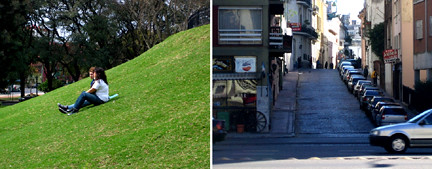
So does the ‘barranca’ have a role in the contemporary life of Buenos Aires?
Given that the term means nothing to the average porteno (citizen of Buenos Aires), you could forgive us, the students, for wondering how relevant this question was. But by the end of the workshop I believed that its strength was in fact its ambiguity. That it could be interpreted as a physical or conceptual phenomenon gave rise to a number of different approaches to the ill-defined question. That it is a ‘black hole in the memory of the city’ meant we could explore it as ‘outsiders’, and for a short amount of time, without treading on toes or reiterating the obvious.
My working group boasted Japanese, Argentinian, Mexican, English and Italian participants and a crucial translation gadget that was whipped out every now and then to provide the Japanese equivalent of ‘conceptual’ or ‘phenomenon’. Communication was slow, painful, sometimes hilarious and occasionally productive. For us the ‘barranca’ became a way to rethink the relationship of the city to its water. It is a small example of a larger absence of the river from the daily life of the city. The industrial port, domestic airport and now skyscrapers stunt visual access to the river in terms of views and actual access in terms of waterfront recreation, bathing and small-scale fishing. You are hard pushed to find a seafood offering on the meat-ecstatic menus of the city’s restaurants and tributaries of the Rio running through the city were buried in concrete pipes after flooding in the 1930s (exacerbating rather than solving the problem it seems). Ironically the city only comes into direct contact with the water once or twice a year during the annual floods.
We proposed a public program for beginning to “imagine the water back into the city” in three overlapping ways – through memory (the marking of and storytelling about hidden rivers in the city), through tactility (outdoor pools at the edge of the Rio, recalling the recreational activities that once happened there) and through gaze (the preservation of certain views of the river from the barranca as future development continues). We suggested that these events be coordinated by the national library, a giant sixties hulk on the barranca, to make visible on the streets its repository of the city’s stories and histories.
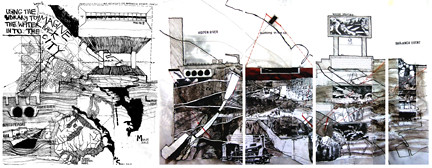
In a broader context it was mildly interesting to witness the ideological tensions between faculty of different generations and cultures. Jill Stonor, our Berkeley professor, was a breath of fresh air, breezing in with Borges and others tucked under her arm, and the only one to pick up a paintbrush during the week! She took to task the conception of nature in the city as ‘green space’ pointing out that the barranca is better understood as a geological wedge of sand. Wallace Chang who owns and runs this gallery inspired me with his gentle and evocative urges to mull over ‘collective personalities’, ‘reconstructed stories’ and ‘urban acupuncture’, rather than pursue a plan-driven, classical ‘site analysis’. Meanwhile the Italians fought fiercely and internally over their various all-compassing masterplans which solved all the problems of the city in one neat package. I imagined I was getting a glimpse into the culture that Stalker (see June) were reacting against when they set up their practice in Rome.
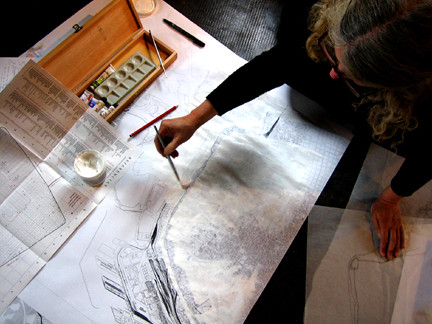
Fortunately the water theme dovetails neatly with both the work of m7red (who engage with the flooding problems in the city) and Ala Plastica (who deal with river pollution). So I am interested to see how my reflections change over the course of my stay here.
And to recover from the strain of playing at serious academia?
…..the highlight of the workshop was a party in our apartment that Jill had rented on Plaza Dorrego, complete with mezzanine and barrel vaulted brick ceiling and 15 ft high windows. We hired a jazz band from our favourite bar down the street, Del Tiempo, and free flowing red wine helped loosen up relations considerably.
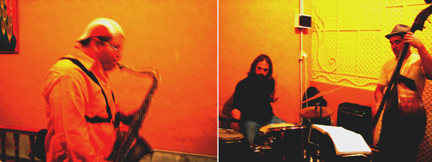
………..and then this weekend a trip to the country……to an ‘estancia’ (Argentine farm), courtesy of family friends of Toben’s, the other Berkeley participant. It was just as I had read about certain chapters of Imagining Argentina. A handsome pink house in the middle of endless flat, with grazing horses, warm winter sun, green parrot-like birds circling overhead and a full moon that illuminated the landscape for miles. I rode a horse for the first time in six years and revelled in the sense of well-being that it released. We knelt in the middle of a field and allowed the horses to gently sniff along our arms, shoulders, necks and hair. The poetry of the moment was only momentarily interrupted by a giant horse sneeze which sprayed me with black equine snot.
Yesterday we took a rickety train to La Plata, a suburb of Buenos Aires an hour away to see the only Corbusier house in the Western Hemisphere and the first that I have visited. We enjoyed a tour by a local architecture student and admired the spatial tricks of the house, generally feigning half ironic/half genuine awe. The famed dinosaur museum where we should have been able to see the six story gigantosaurus from Patagonia was closed. So the train ride to La Plata may well happen again after the short pedalo ride around a pond of plastic bottles failed to satisfy as an alternative.
Toben is on a plane back to the States as I write this so my Spanish crutch has been knocked out from under me. I call in at m7red later this afternoon. A new adventure begins.
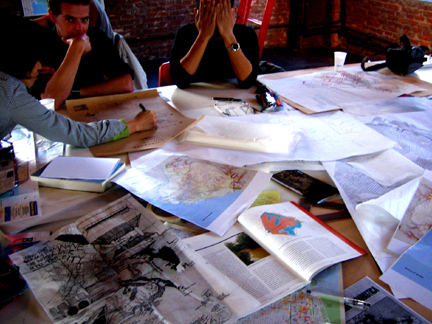
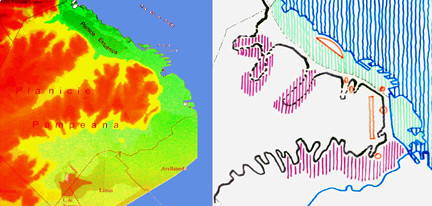
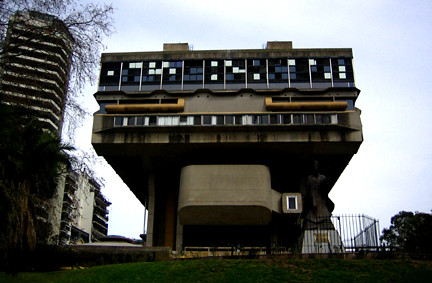
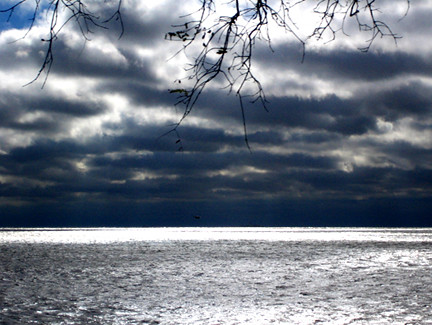
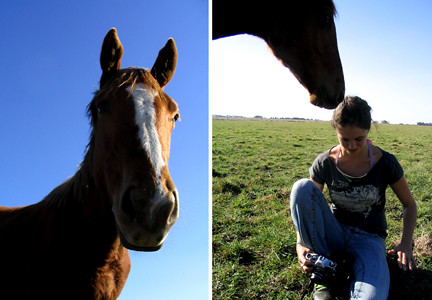
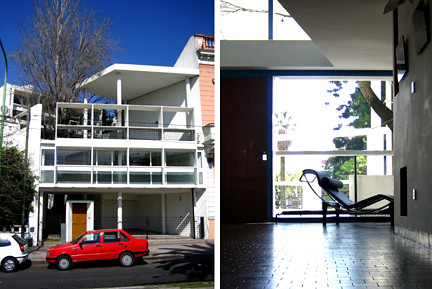
» Post a Comment